The Domain committed to preserving biodiversity !
20 May 2022
The 22nd of May is World Biodiversity Day! Ideal for reminding people all over the world of the importance of preserving the many species that populate our beautiful planet.
Preserving biodiversity is cause that is close to our heart. Since it was created in 1970, the Domain of the Caves of Han's Wildlife Park is committed to the preservation of biodiversity by taking an active part in a large number of European and regional conservation breeding and reintroduction programs for endangered species.
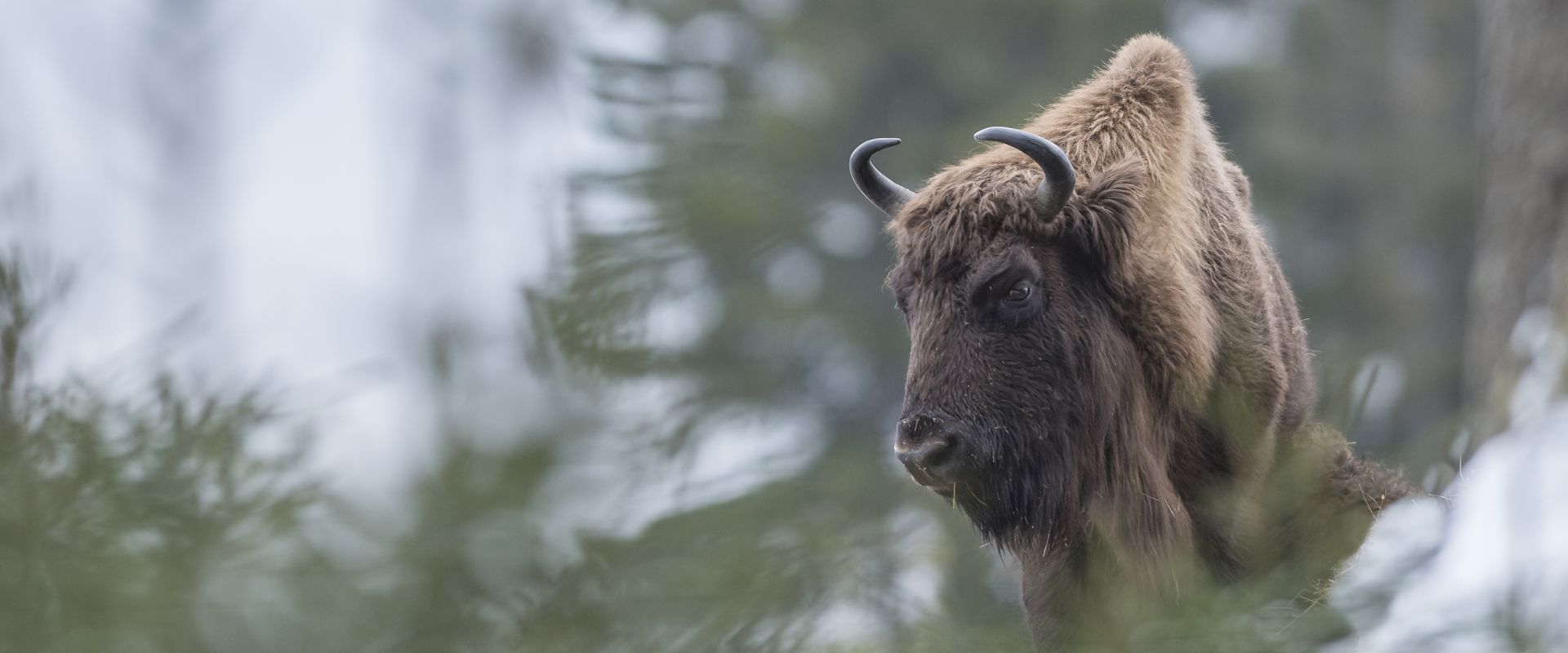
The Domain takes part in a number of European conservation breeding programs, in particular those involving the following endangered species:
- The European bison: 13 individuals born in the Wildlife Park have been released into the wild.
- The forest reindeer: in 2022, the Wildlife Park initiated a breeding program for the forest reindeer With this goal in mind, our Park has welcomed 5 female reindeer as well as a designated breeding male.
- The wolverine: since 2015, 6 baby wolverines have been born in the Park. Once they reach maturity, they are transferred to other parks with the hope that they will breed and ensure the species' genetic diversity.
- Przewalski's Horse: since 2004, 15 foals have been born in the Wildlife Park, and 5 have been released back into their natural habitat in Mongolia.
The Domain takes part in a number of European conservation programs, in particular those involving the following endangered species:
- The yellow-bellied toad: since 2020, 1400 individuals have been released in the Walloon Region.
- The smooth snake: since 2017, 883 individuals have been reintroduced to the Walloon Region.
- The white stork: late 2022, the Park welcomed 6 white storks in order to reintroduce the species to the Famenne area.
A number of other projects are being led in order to encourage the development of the Wildlife Park's endogenous biodiversity. These actions have been implemented in partnership with the DNF (Département Nature et Forêt, the Walloon Forestry and Wildlife Department) and belgian natural science societies:
- Restoration of calcareous grasslands covering 1,1 ha (preservation of the Scotch Argus butterfly)
- Creation of a maternity unit for the Lesser Horseshoe bat
- Creation of a 2,1 ha grazing orchard to provide more food for the Lesser Horseshoe bat and other chiroptera
- Creation of a conservation area of over 50 ha, in order to protect milieus that are typical to the Famenne area: calcareous grasslands, limestone cliffs, medio-European limestone beech forests
- Natural regeneration of the indigenous forest (Medio-European limestone beech forest) on the whole surface area of the Wildlife Park.
All these actions are a source of pride for us here at the Domain, and we fully intend to continue these preservation and conservation missions!
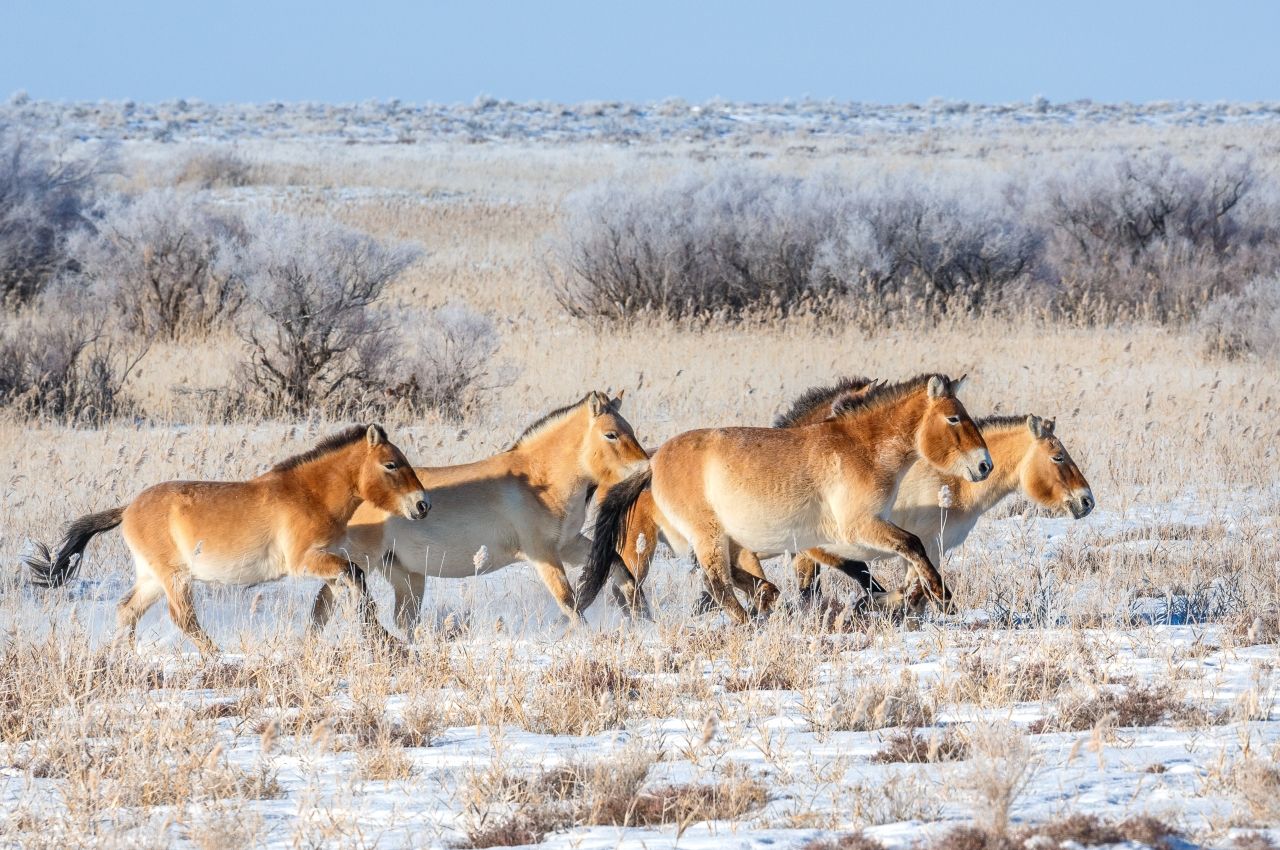
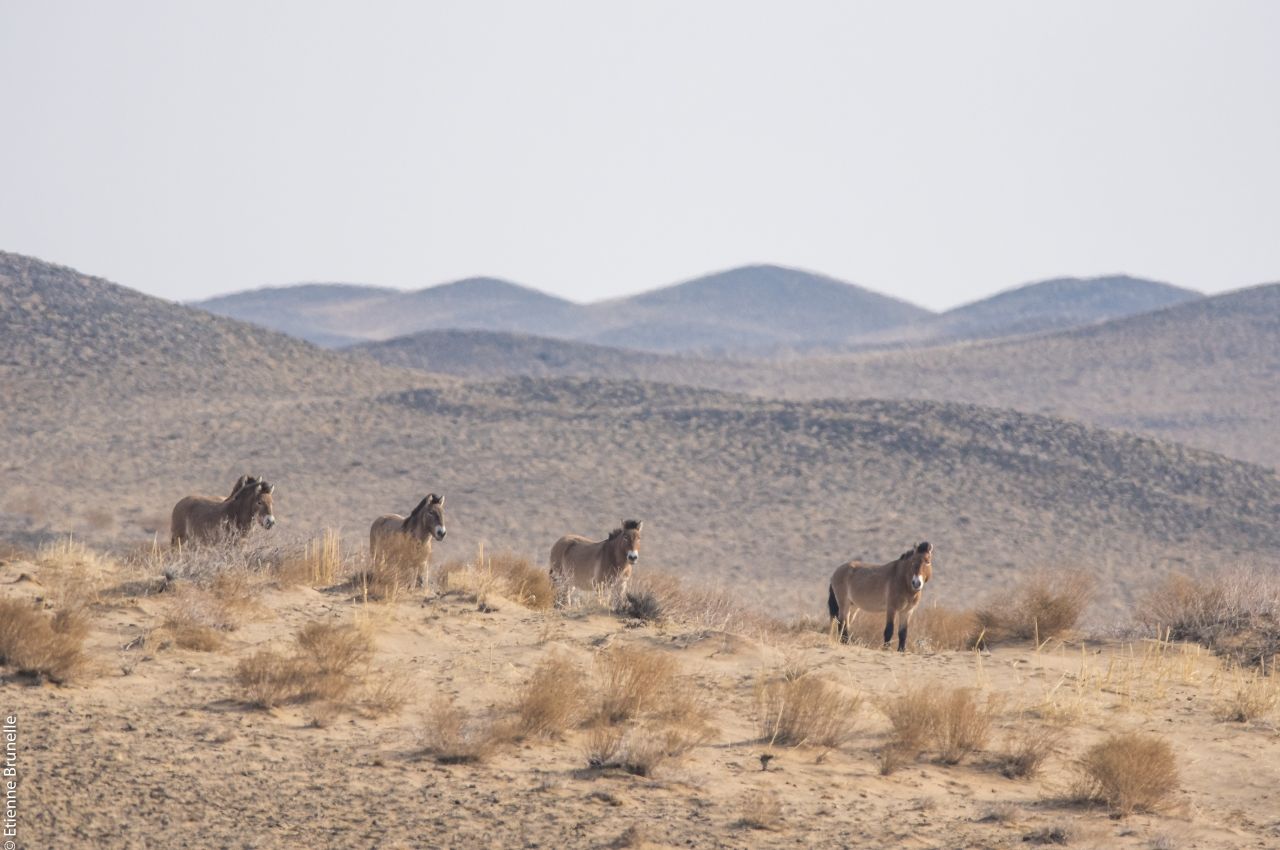

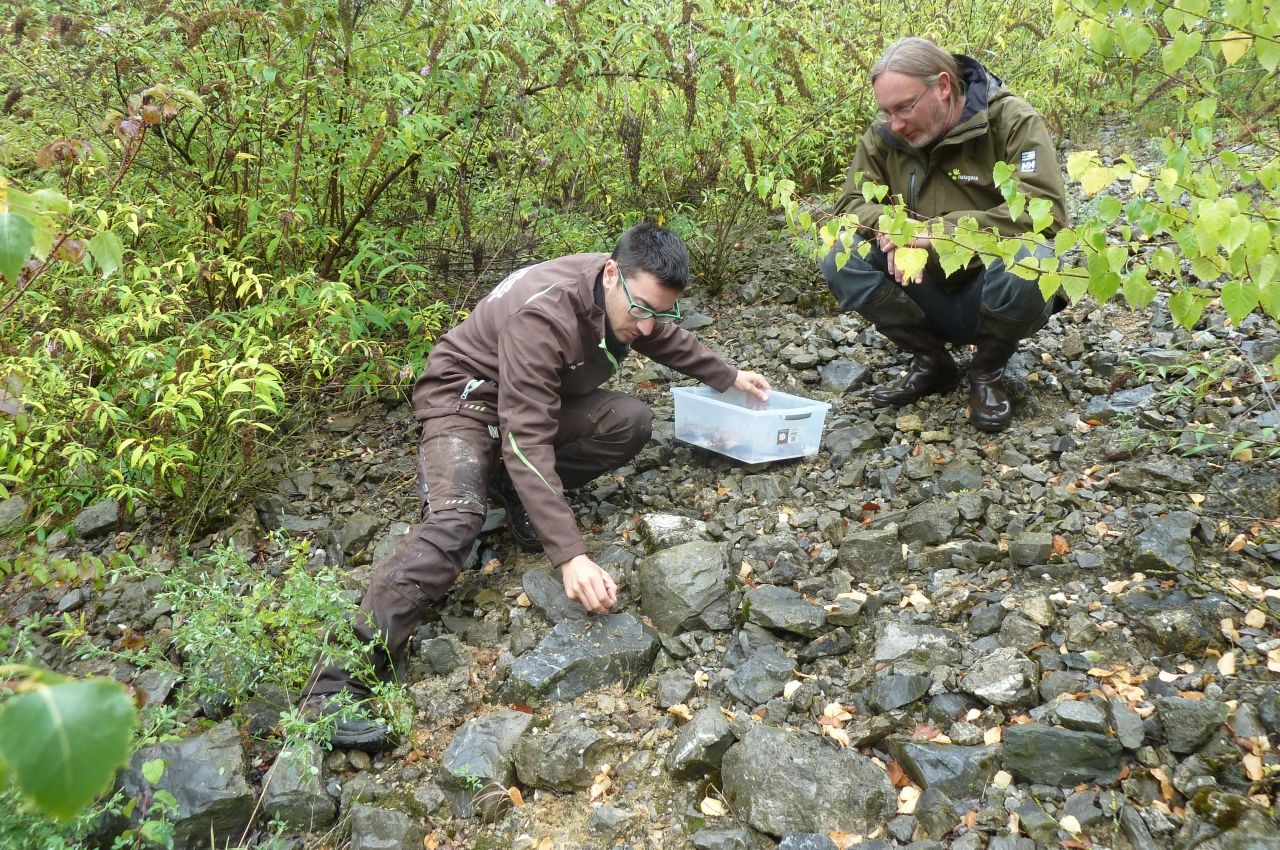
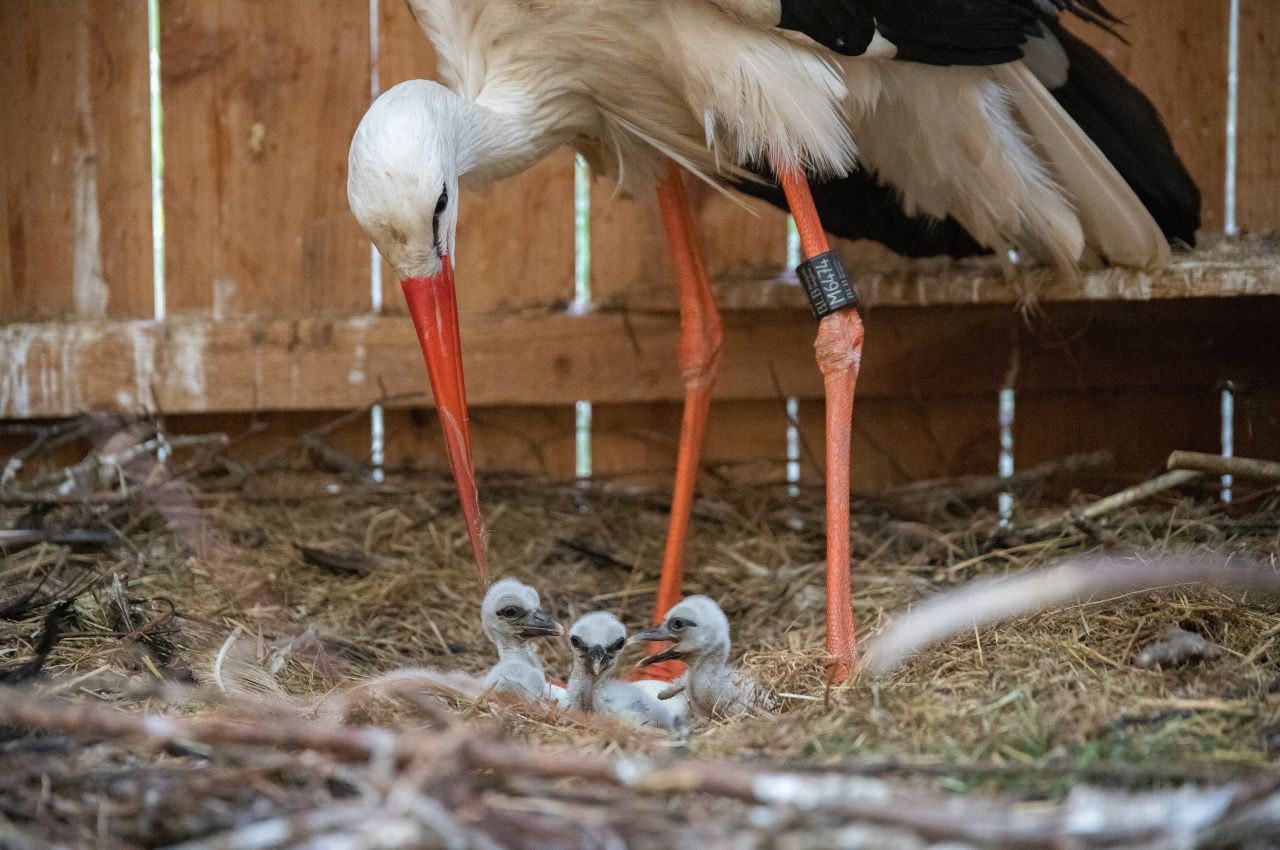
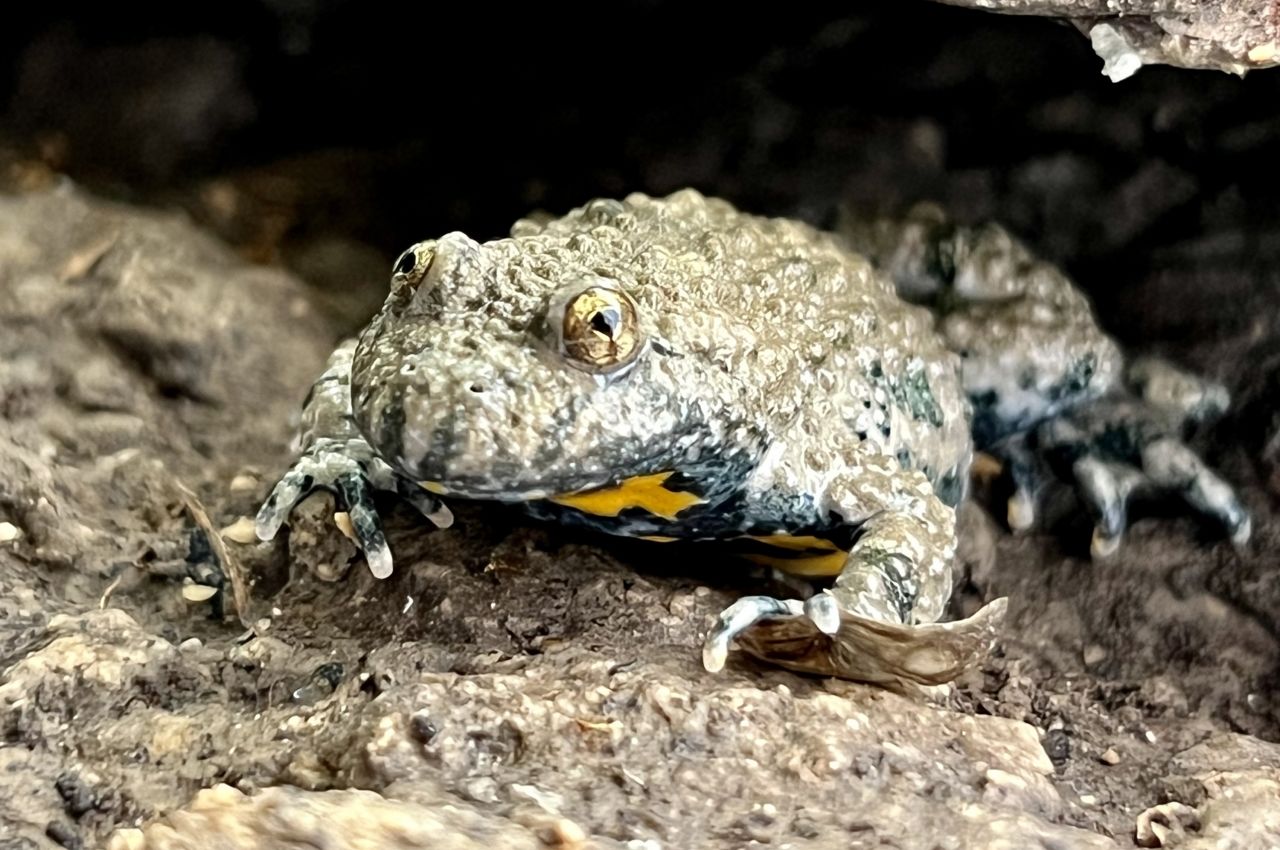
.jpg)
.jpg)